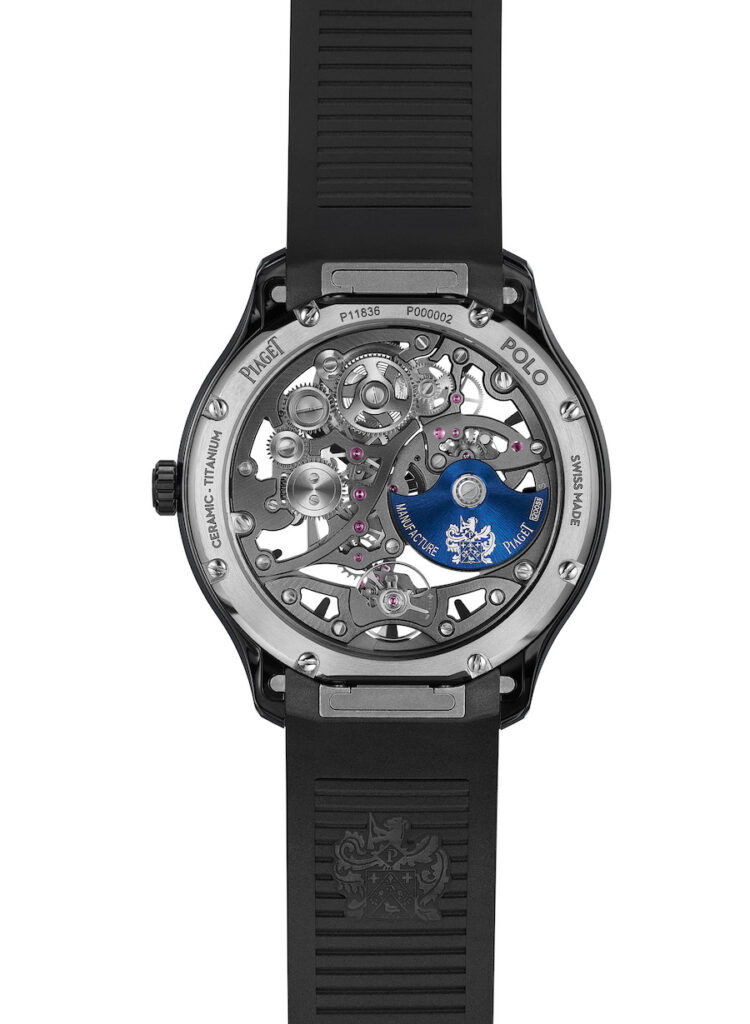Piaget’s Polo Skeleton collection experiments with the scratch-resistant, fade-resistant material for the first time in the collection’s history, adding a modern flair to the contemporary wristwatch.
If you know my work here, you know that I hold quite the liking for Piaget. Their body of work in the watch industry is criminally underrated, and deserves much more flowers than it currently gets. In fact, I illustrated this point in-depth when I went hands-on with a Piaget not too long ago.
Related Reading: REVIEW: Hands On With The Piaget Polo Date
Fun fact: The photoshoot I had with the Piaget was on Valentine’s Day. I literally had work at 4 and a date at 5!
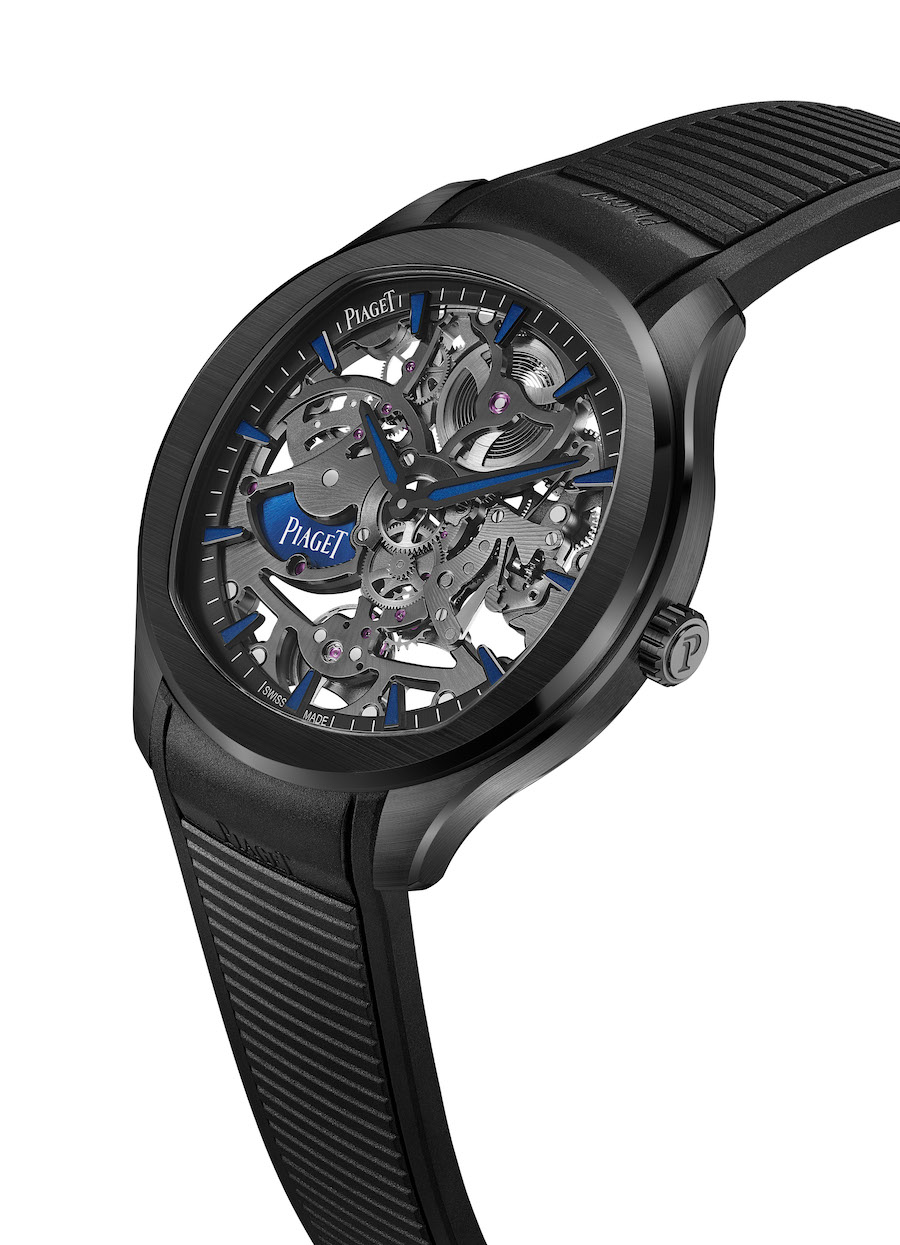
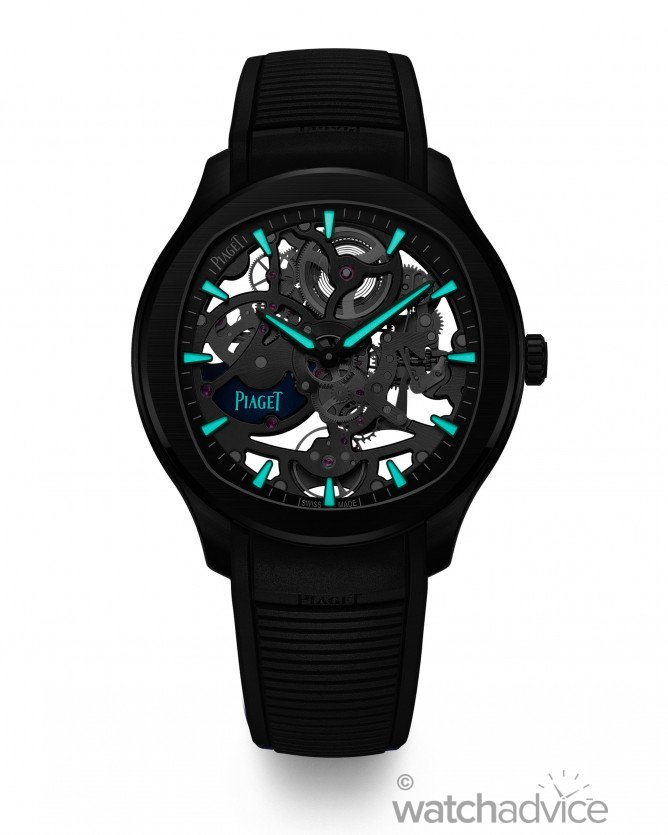
In any case, I have always appreciated the level of detail that Piaget goes into for the making of their watches, especially in that of the Polo lineup. My time with the Polo Date allowed me to learn so many fascinating tidbits about the collection. For those unfamiliar, the Polo collection has been around since 1979, initially featuring a horizontally striped gadroon-style case and bracelet – with the dial to match! For the record, I’m still super happy that they finally decided to bring the OG design back earlier this year.
Related Reading: (RE)-INTRODUCING: The Piaget Polo ’79 – Bringing Back An Icon
While not as retro-ostentatious as the new (old?) Polo ‘79, the new Polo Skeleton, still packs a contemporary horological punch. This year, the jewellery and watch brand has opted to encase the new reference in matte black ceramic. Scratch-resistant and incredibly light, the inclusion of ceramic not only enhances the modern feel of the Polo Skeleton, but also marks the first time that Piaget has made the jump into ceramic watchmaking. The use of ceramic also adds 50m to the piece’s water resistance rating, making it more viable as a daily wear compared to its older steel and gold siblings.
An element of the design that isn’t as new is the open-worked dial, giving the Polo Skeleton collection its name. Piaget has been making skeletonised Polo watches as far back as the eighties, introducing the revamped Polo Skeleton collection in 2021. The exposure of the 1200S1 movement, in shades of black and blue, inevitably steals the show here.
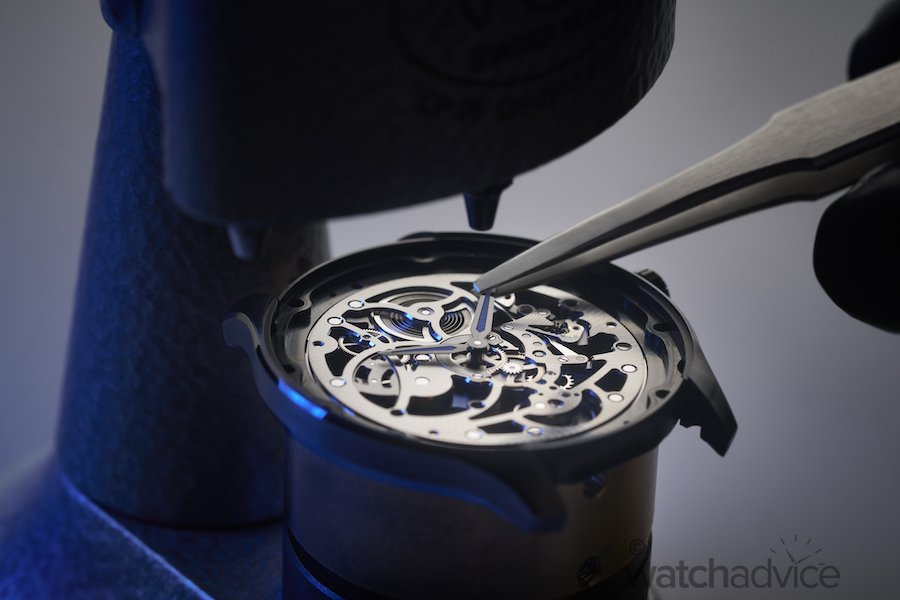
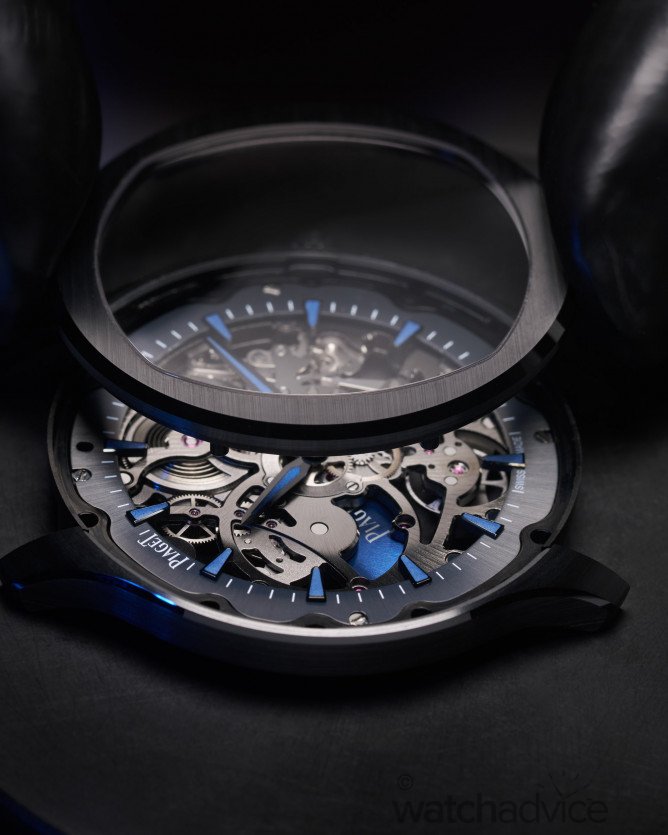
While I’m not exactly partial to my wrist being a part of a watch’s architecture, the Polo Skeleton’s remarkably thin micro-rotor movement allows for an insight like no other into the functions of the piece. When a watch is only hours and minutes, it can be hard to know if it’s functioning or not; a problem that, when you can see literally every component of the watch, is quickly eliminated. And finally, another first I didn’t mention: The signed blue Piaget micro-rotor is lumed for the first time in the collection!
Final Thoughts
Like I said, Piaget is criminally underrated in the watch industry. It’s hard to understand why most enthusiasts don’t regard them as a household name, especially considering the level of detail they offer in all of their collections.

Therefore, my surprise was somewhat nominal when I heard that the Polo was making headlines once again this past week or so. From the signed blue micro-rotor to the light, contemporary feel of the ceramic case, this new Polo Skeleton is one piece whose artistry and engineering have kept up with the modern times and, with time, may even surpass them.
Reference: GOA49011
Specifications:
- Case dimensions: 42mm case diameter x 7.5mm thickness
- Case Material: Black ceramic
- Dial: Skeleton with blue/black accents
- Crystal: Sapphire crystal
- Movement: Automatic Cal. 1200S1 with micro-rotor
- Movement Frequency: 3Hz (21,600VpH)
- Water Resistance: 50M / 5ATM
- Power Reserve: 44 hours
- Bracelet: Black or blue rubber Singletouch interchangeable strap with steel/titanium folding buckle



